| |
Yesterday, we went to Battari-mura, where we observed villagers making tofu the all-natural, old-school way. Tofu-making has a lot in common with cheesemaking, what with all the boiling, pressing, straining, and coagulating of curds. It's hot work, but the end product is well worth it. At Battari-mura, step one of the process involved grinding cooked soybeans with a hand-crank-operated stone mill, complete with straw-and-bucket drip system  After the beans are ground, the resulting mash is boiled for a time, then scooped into a machine where it is pressed in a hand-crank-operated machine (what else?) to extract the soy milk. 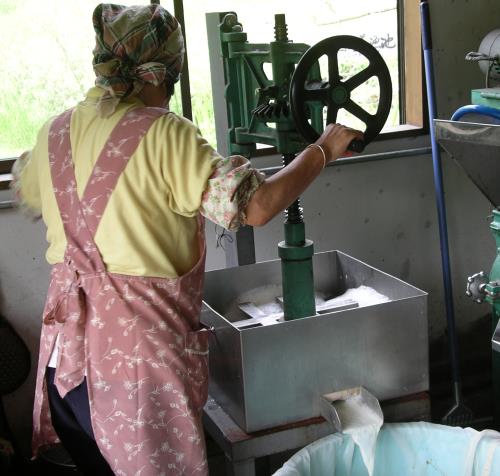 Salts or acids are added to the milk to cause the proteins to coagulate (or, as the maker said, "form a katamari"). It takes a little while for coagulation to occur, but once it does, it happens quickly.  There's more processing involved to get blocks of tofu, but since we were there in part to eat tofu, the woman making it simply scooped the curds out of the bucket and drained them before serving them to us. 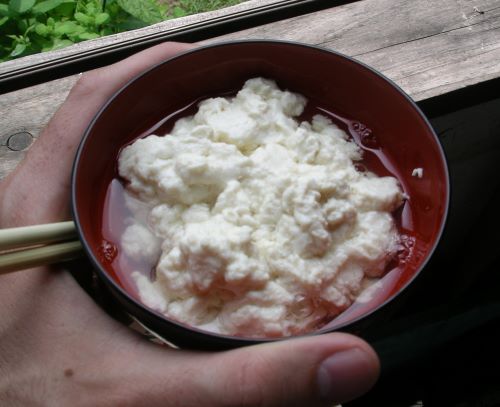 Mmm . . . fresh, delicious tofu.
[ 1 comment ] permalink
On Tuesday, I was out shooting photos around town when I heard a shinkansen coming. They're neat, so I thought I'd take a picture for the blog, not at all expecting this:  It's the Fastech 360, which JR is apparently still testing on the Tohoku Shinkansen line.
[ 2 comments ] permalink
There's a little puffery involved in any kind of advertising, but I wonder if Suntory hasn't gone just a leetle bit over the line here:  The Miracle is more delicious than the King, and both are far superior to their compatriot, the less extravagantly named " Sweet Lemon." Maybe Suntory is on to something, although I haven't developed superpowers or anything after drinking the Miracle.
After-Dinner Entertainment
After dinner on Saturday night, Matthew and one of our companions played a friendly game of shogi, a Japanese variant of chess. The rest of us drank and cheered them on. 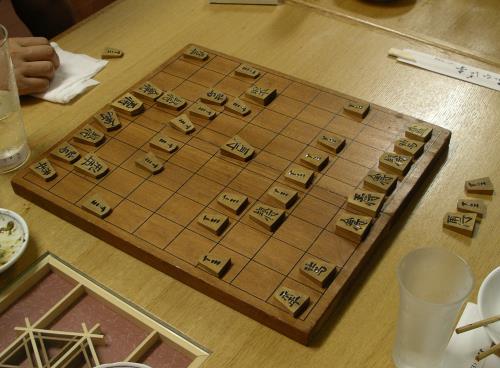 Matthew emerged victorious after a long endgame. Next time, we'll play an all-American game: Monopoly.
Teeny-Tiny Railroad Crossing
Rice field roads need grade crossings, too ¡½ just not very big ones. 
Iwate Prefecture is famous in Japan for its ironwork, Nanbu-tekki. Although kettles and pots are the most traditional products, ironworkers now make a wide variety of goods, including windchimes  Nanbu-tekki Nanbu-tekki windchimes currently hang from the platform rafters at JR Mizusawa (where this photo was taken) and JR Morioka stations, presumably in recognition of these cities' status as the traditional production sites. They produce a peaceful tinkle as they blow in the breeze ¡½ a nice contrast to the modernity and hustle-bustle of the stations.
Ishiwarizakura, or the rock-splitting cherry tree, is located in front of the District Court building in downtown Morioka. 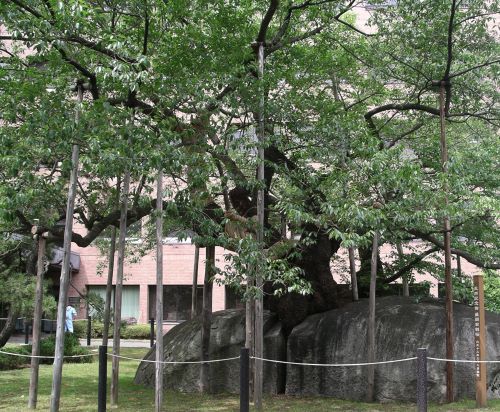 It is said that the the 300-year-old tree sprouted from a crevasse in the boulder, and split the rock as it grew. It has been designated a national treasure of Japan.
[ 7 comments ] permalink
This pretty little park is tucked into the bottom corner of an office building in Morioka. It's below a wall along the sidewalk, so it's easy to miss. 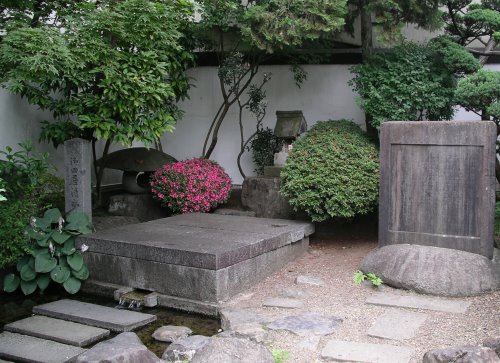
The best thing about summer in Japan: Yamagata cherries. 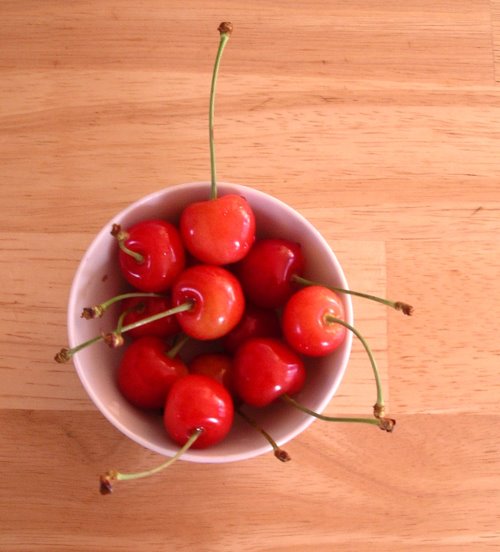 Yamagata Prefecture is famous for its cherries, which are very sweet and beautiful. They can be very expensive ¡½ the posh department store sells large boxes of them, carefully stemmed and arranged into rows, for around 3,000 yen or USD $30. These are not so precious, but man, are they delicious.
More Manhole Covers of Iwate
Here are some more manhole covers from Iwate. First up, Rikuzentakata, a small city on the Pacific coast. I'm not sure what all the designs represent, but the lumpy things around the outside might be sea pineapples (a delicacy of Iwate that most people in Japan wouldn't consider food). 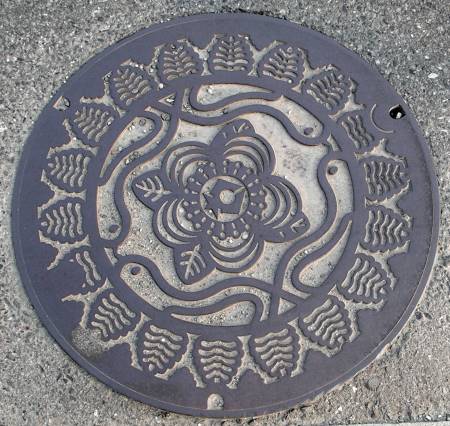 Next up, Esashi. Esashi has a famous district of old warehouses. 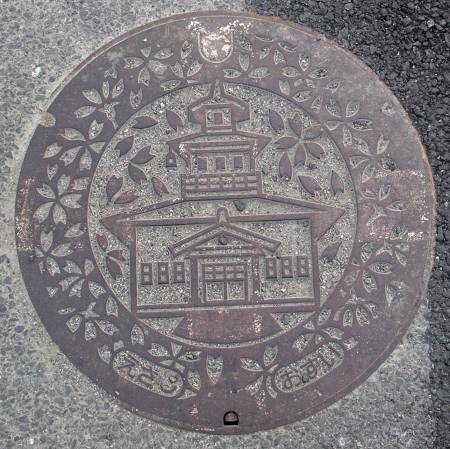 Finally, Ezuriko, a village that became part of Kitakami City in 1991. 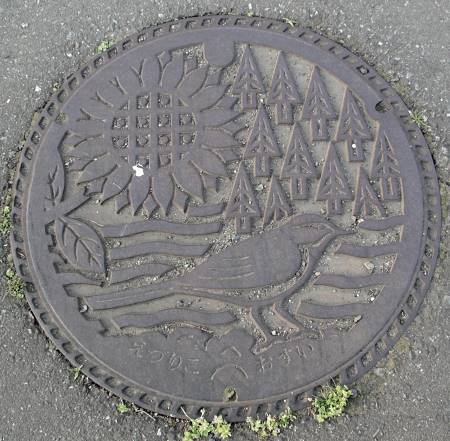
Back Next
|
|



















 Calendar
Calendar




